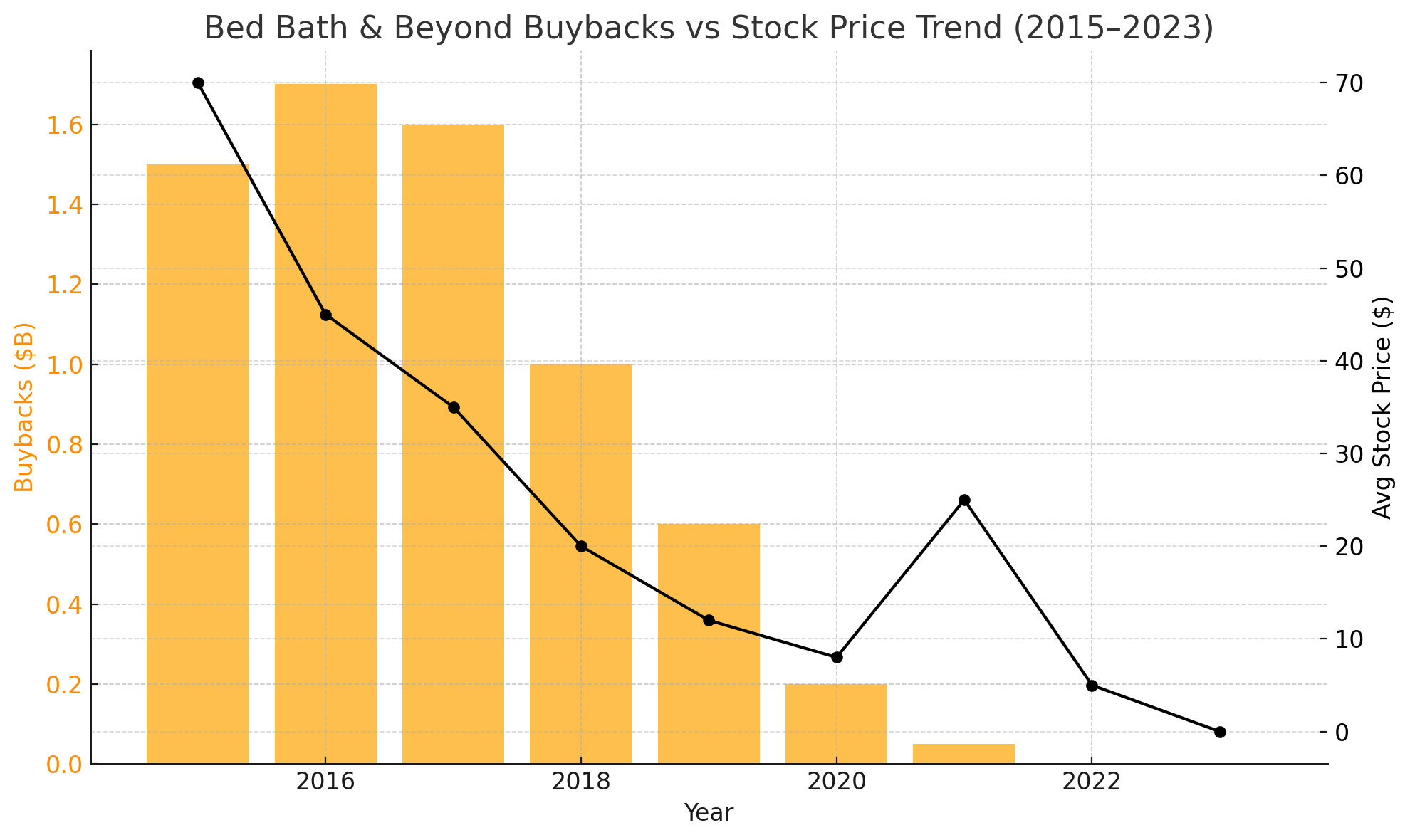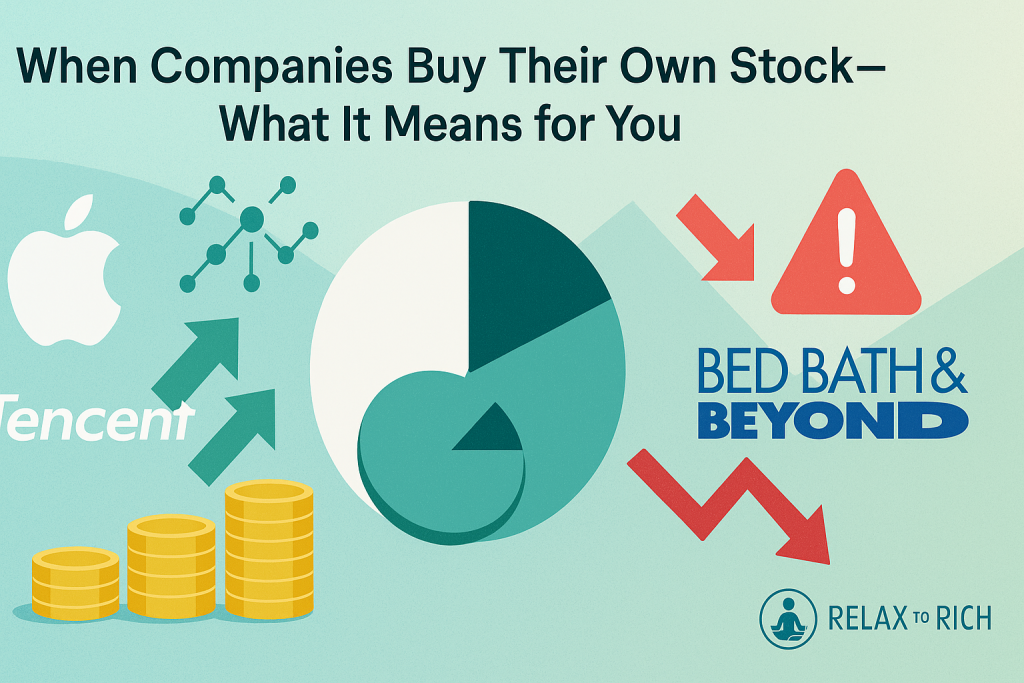Two Minutes Reading for the business analysis
Ever heard companies buying back their own shares? 🤔
Let’s look at real-world examples: tech giants like Apple and Tencent.
When great companies like these repurchase their own stock—especially when they believe the stock is undervalued—it’s a clever move that can quietly benefit you, the everyday investor.
What’s a Share Buyback?
Imagine a company has a massive number of shares in the market. When it does a share buyback, it uses its own cash to buy back some of those shares, taking them out of circulation.
Example:
- A company has 10 billion shares outstanding.
- It buys back 100 million shares.
- Now there are only 9.9 billion shares left for investors to own.
Why Does This Matter to You? 🚀
Fewer shares mean your existing shares represent a bigger piece of the company!
Continuing with the example:
- Before Buyback: You own 1,000 shares, a tiny fraction of 10 billion.
- After Buyback: There are now only 9.9 billion shares. You still own 1,000, but your slice of the company pie just got bigger—without spending a single extra dollar! 🥧
The “Undervalued” Advantage: Apple 🍏
This strategy is most powerful when a company buys back shares because its management believes the stock is undervalued.
Apple is a prime example. Over the past decade, it has spent hundreds of billions of dollars buying back its stock. This sends a powerful message: Apple’s leadership consistently believes the best use of its cash is to invest in its own company—signaling they feel its true worth is higher than the current market price.

When Buybacks Go Wrong: Bed Bath & Beyond 🚩
However, a buyback is only a good move if the underlying business is healthy.
Sometimes, companies use buybacks to hide serious problems. A tragic example is Bed Bath & Beyond.
- Sales were plummeting.
- Stores were becoming outdated.
- Yet the company spent billions on buybacks.
Instead of fixing fundamentals like its website or remodeling stores, management repurchased shares. This artificially boosted earnings per share, making the company look healthier than it was.
The result: bankruptcy in 2023, wiping out shareholders. A classic case of a buyback destroying value, not creating it.

Key Takeaways for You
- Increased Ownership: In a healthy company, buybacks increase your stake.
- Signal of Confidence: Leadership believes the stock is undervalued.
- Not a Magic Bullet: Buybacks can’t fix a failing business. If cash isn’t spent improving fundamentals, it’s a red flag.
So, when you see a company buying back shares, always ask:
👉 Is this a confident, healthy company like Apple investing in its future?
👉 Or is it a struggling one like Bed Bath & Beyond masking its problems?
👉 Follow me for more simple, smart investing strategies.
✨ Join the Relax to Rich Club—where we grow wealth the calm, thoughtful way. 🧘♀️💰

